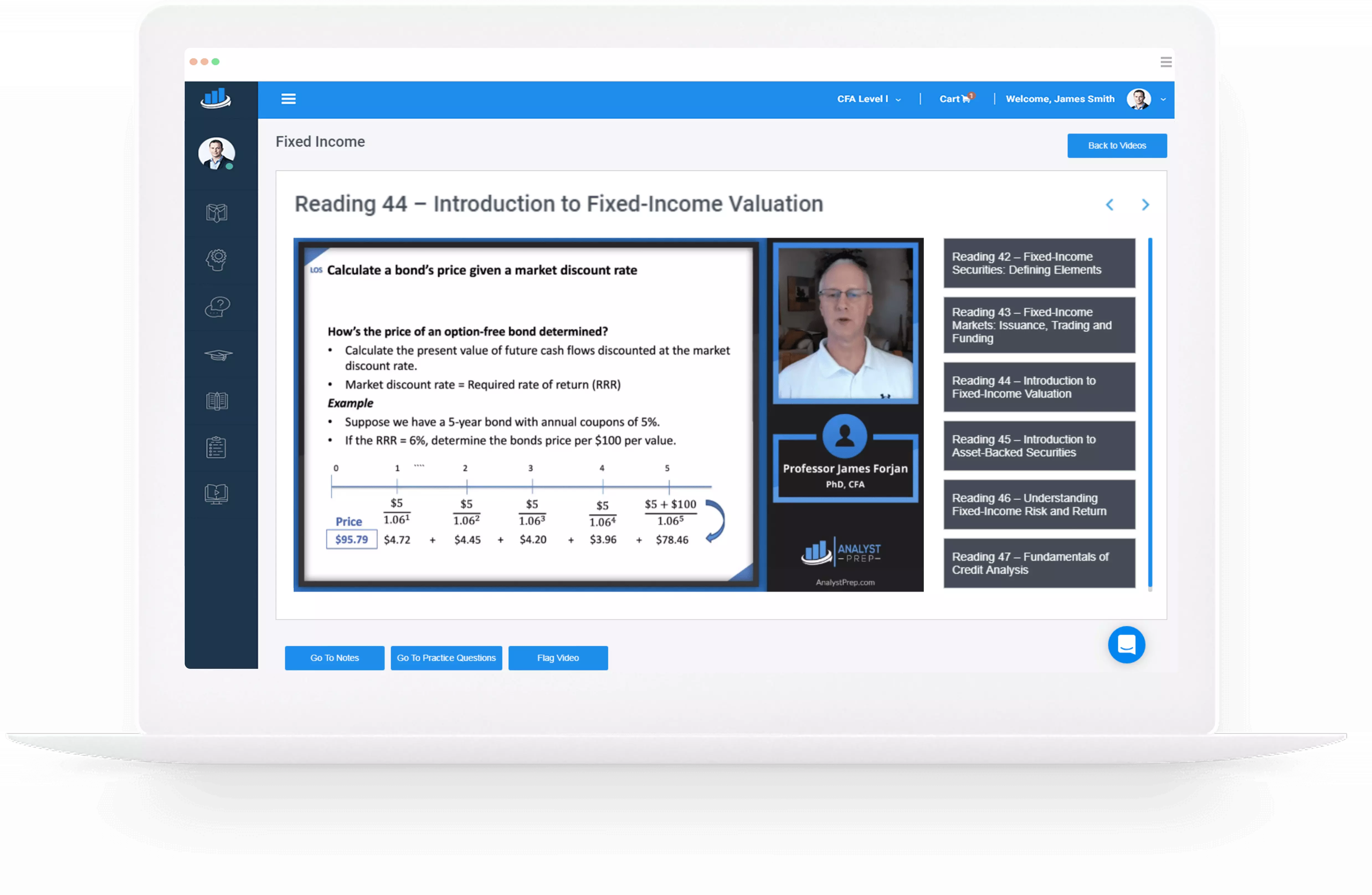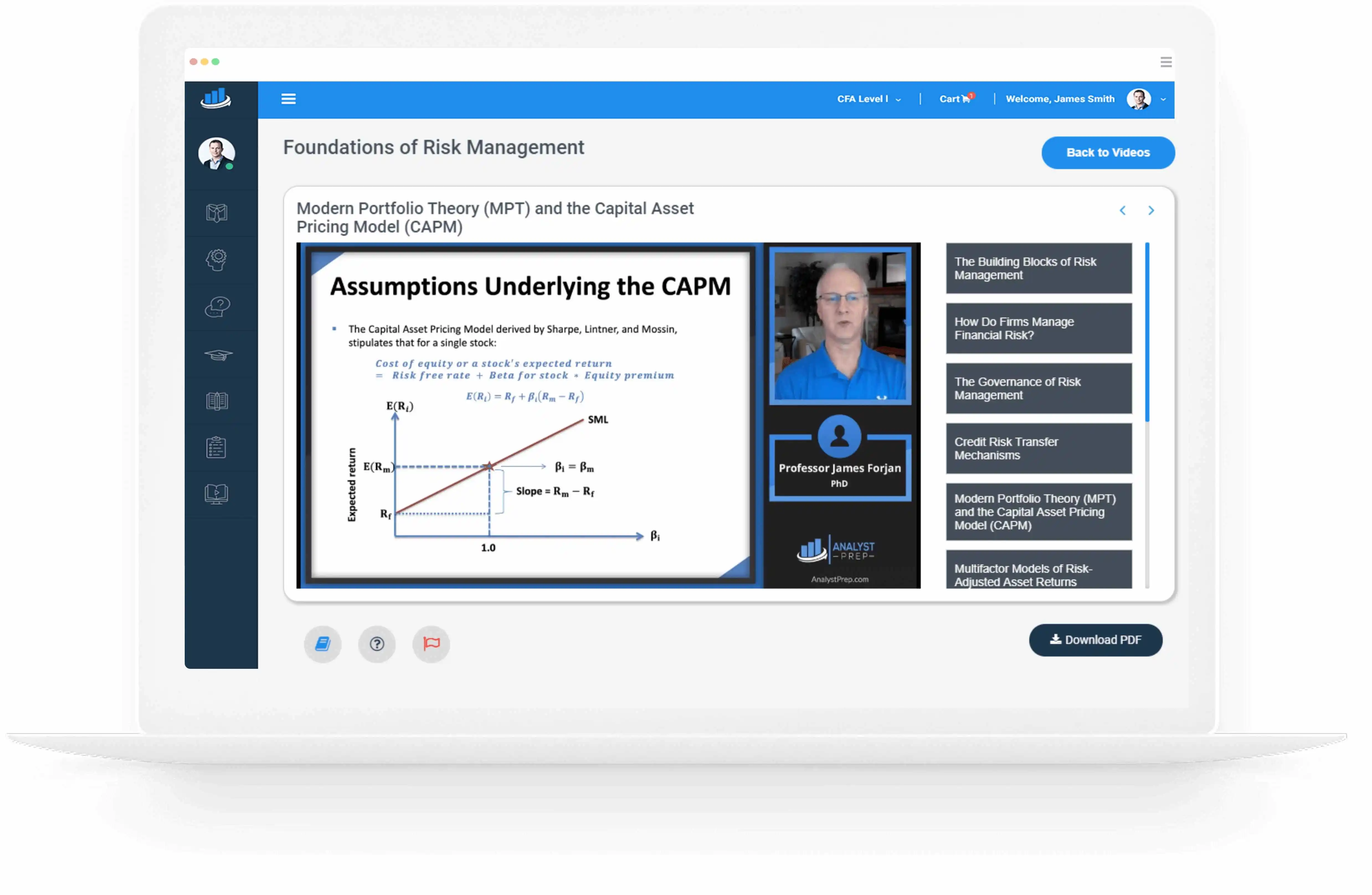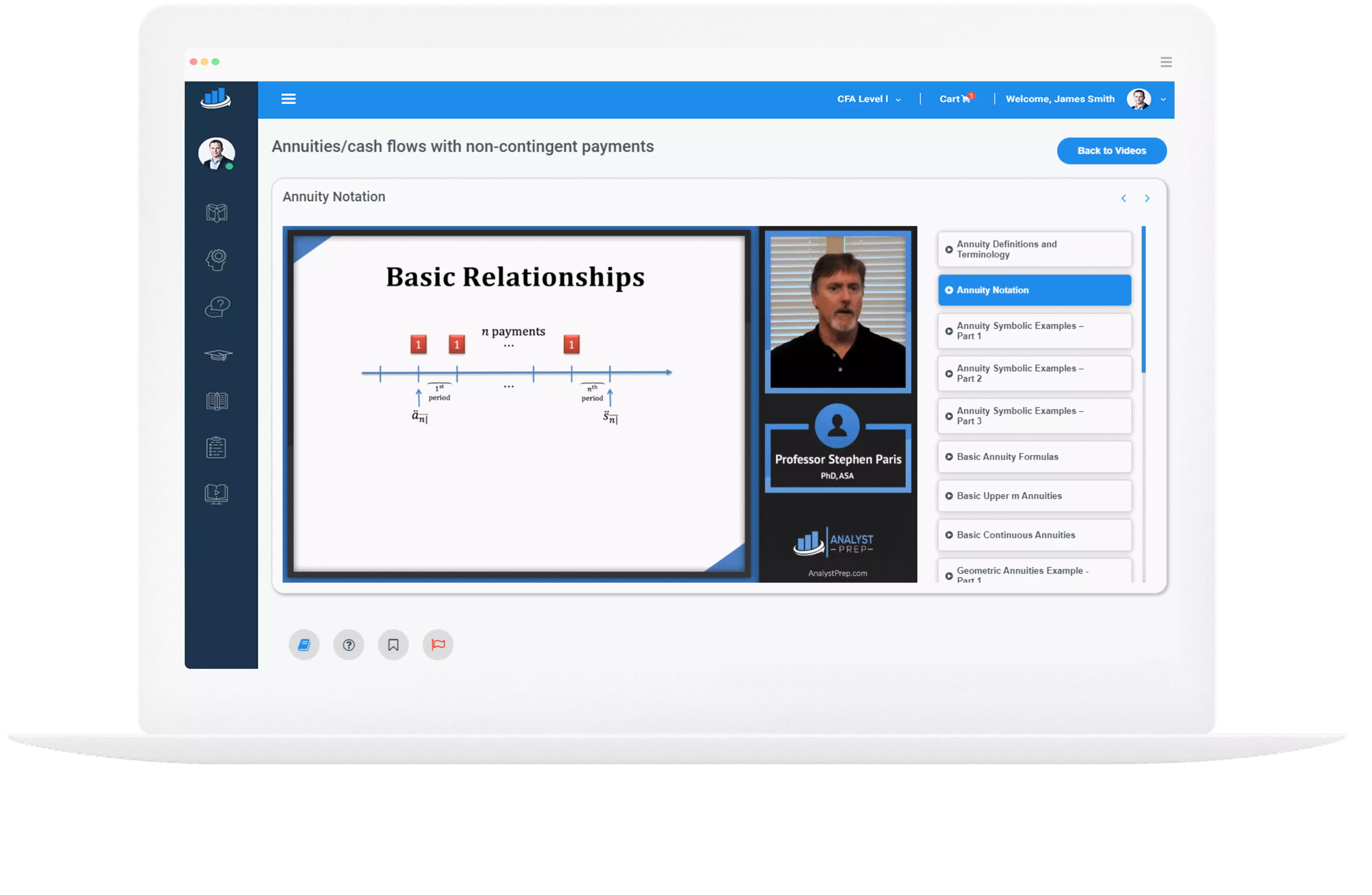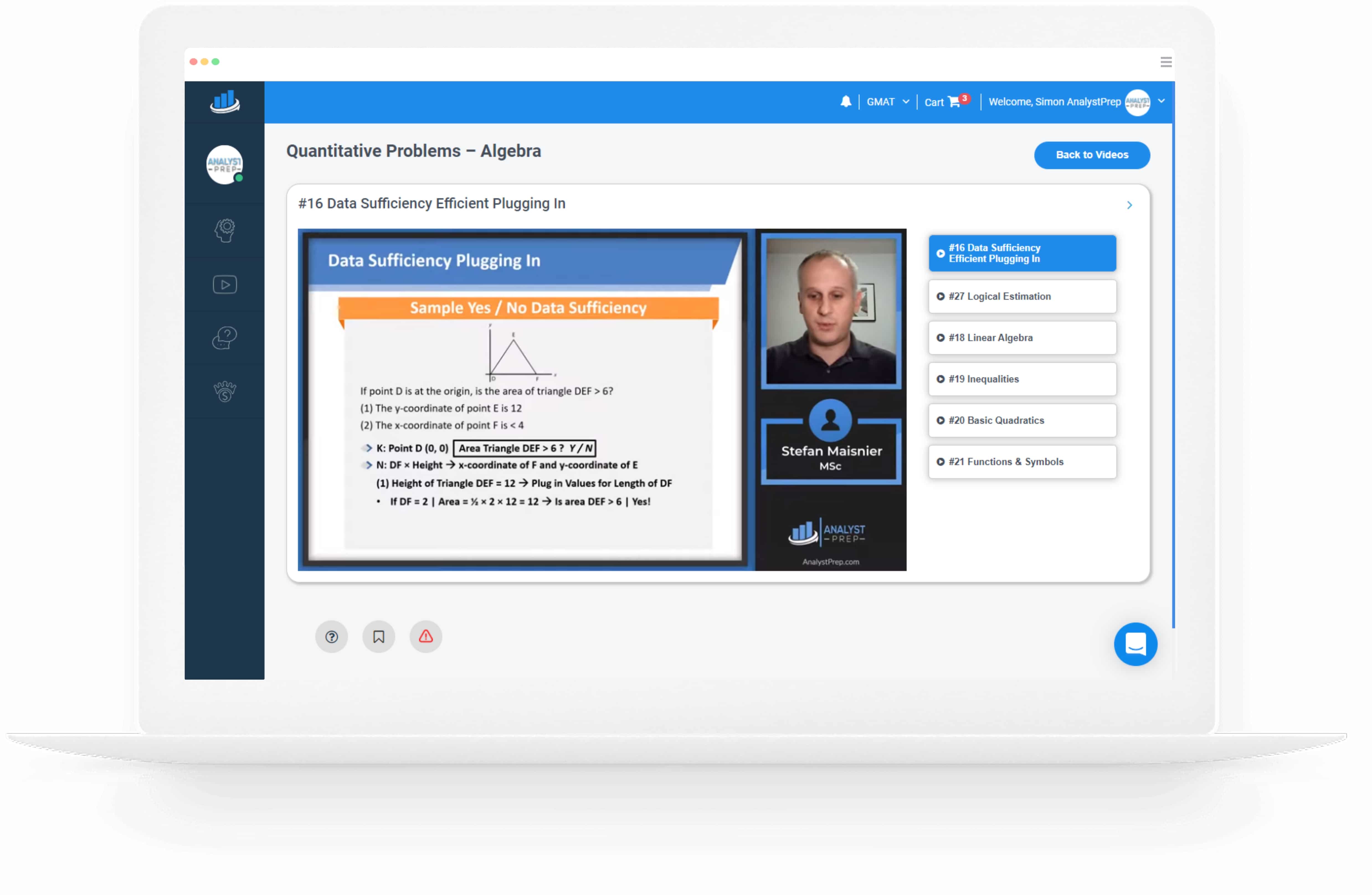Momentum Valuation Indicators
Momentum indicators relate to price or a fundamental, such as earnings, to the time series of their past values or the fundamental’s expected value. There are three major momentum indicators: Earnings surprise. Standardized unexpected earnings. Relative strength. Earnings Surprise/Unexpected…
EV Multiples
Enterprise value multiples are relatively less sensitive to the financial leverage effects relative to price multiples when one is comparing companies that use different amounts of leverage. In addition, they take a control perspective. Enterprise Value to EBITDA EBITDA…
International Considerations When Using Multiples
Comparing companies across borders is complicated as it involves differences in accounting methods, economic differences, cultural differences, and resulting differences in growth and risk opportunities. P/E ratios for firms in the same industry but in different countries have been…
Definitions of Cash Flow
There are various proxies for cash flow that may be used when calculating cash flow multiples. EPS Plus Non-Cash Charges It is calculated as: $$ \begin{align*} \text{EPS Plus Non-Cash Charges} & = \text{EPS}+\text{Depreciation} \\ & +\text{Amortization}+\text{Depletion} \end{align*} $$ A…
Arbitrage Pricing Theory (APT), Its Assumptions and Relation to Multifactor Models
Arbitrage Pricing Theory (APT) Arbitrage pricing theory (APT) is a theory of asset pricing. It asserts that the expected return of an asset can be expressed as a linear function of multiple systematic risk factors priced by the market. APT…
Using P/Es to Obtain Terminal Value in Multistage Dividend Discount Models
When estimating the terminal value, analysts use price multiples such as P/Es and P/Bs to estimate terminal values. There are two significant approaches to computing terminal values based on multiples: I. Terminal Price Multiples based on Fundamentals The terminal…
P/E to Growth Ratio (PEG)
The PEG ratio considers the impact of earning growth on the P/E ratio. It is calculated as P/E divided by the expected earnings growth rate in percentage. Stocks with lower PEG ratios are more attractive than those with higher…
Valuation with Comparables
Valuation based on Comparables The P/E valuation method is used to estimate a company’s stock value by applying a benchmark multiple to the company’s actual or forecasted earnings. An equivalent approach is to compare a stock’s actual price multiple…
Calculating and Interpreting a Predicted P/E
A predicted P/E is estimated from the cross-sectional regressions of P/E on the fundamentals that are considered to determine investment value, e.g., the growth rate of earnings and payout ratio. Example: Calculating a Predicted P/E Consider a firm with…
Price Multiples Based on Forecasted Fundamentals
Justified Leading P/E Multiple based on Fundamentals $$\text{Justified leading}\ \frac{\text{P}_{0}}{\text{E}_1} =\frac{\text{D}_{1}⁄\text{E}_1}{\text{r}-\text{g}}=\frac{1-\text{b}}{\text{r}-\text{g}}$$ Where: \(1-\text{b}=\) Payout Ratio $$\begin{align*}\text{Justified leading}\ \frac{\text{P}_{0}}{\text{E}_0} &=\frac{\frac{\text{D}_{0}(1+\text{g})}{\text{E}_0}}{\text{r}-\text{g}}=\frac{(1-\text{b})(1+\text{g})}{\text{r}-\text{g}}=\bigg(\frac{1-\text{b}}{\text{r}-\text{g}}\bigg)(1+\text{g})\\ \text{Justified trailing}&=\text{Justified leading}\ \frac{\text{P}}{\text{E}}\times(1+\text{g})\end{align*}$$ If earnings are expected to grow by \(g\), next year’s earnings will be greater than last…




